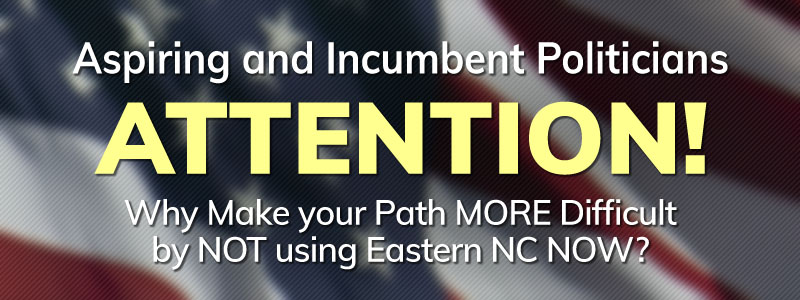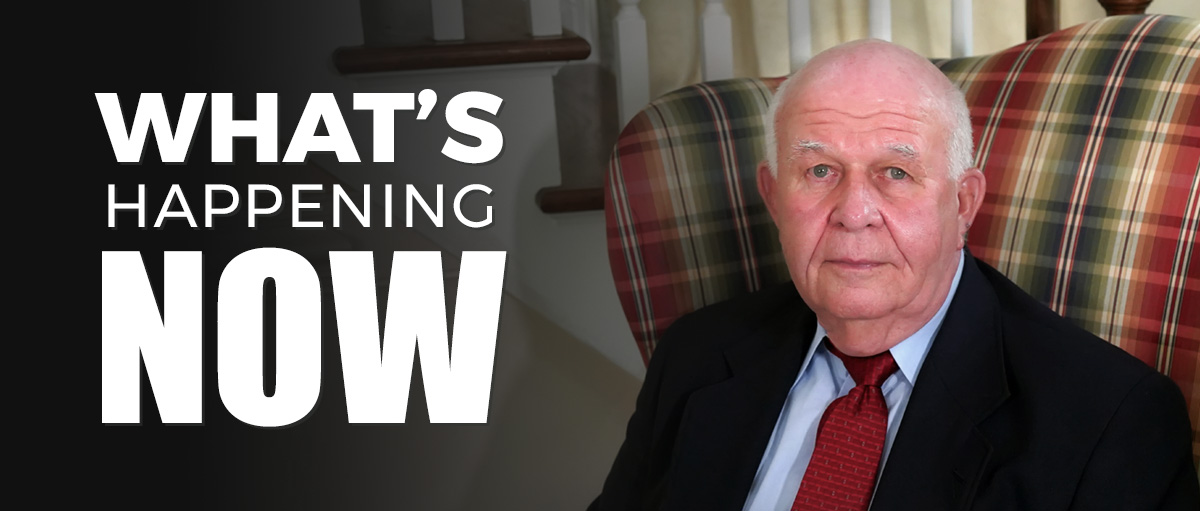Publisher's note: This week's "Daily Journal" guest columnist is Dr. Terry Stoops, John Locke Foundation Director of Education Studies.
RALEIGH In early August, North Carolina education officials announced that the state's graduation rate exceeded 80 percent for the first time. The game of political one-upmanship that followed was legendary.
Unfortunately, the excitement of political sparring eclipsed an underlying policy dilemma. We should welcome higher graduation rates. As a nation, we want our children to succeed. On the other hand, research suggests that more and more high school graduates are unprepared for the demands of post-secondary education and the work force. Are public schools sacrificing quality for the sake of quantity?
One legitimate question is whether graduation rates are reliable in the first place.
While far from perfect, graduation statistics are more accurate today than they have been in the past. In 2005, the nation's governors signed the Graduation Counts Compact of the National Governors Association. The compact was a voluntary agreement to calculate and report statewide graduation rates using a uniform method - the four-year cohort graduation rate. The cohort rate represents the percentage of students who begin ninth grade and graduate four years later, adjusted for enrollment changes.
Three years later, what began as a voluntary agreement became a mandate under the No Child Left Behind Act. Federal regulations required states receiving NCLB funds to begin reporting disaggregated state, district, and school graduation rates following the 2010-11 school year. This year, all U.S. states will report their graduation rates using the four-year cohort method.
Universal adoption of a method of calculating graduation rates promises to offer welcome relief from the ludicrous graduation rate claims of years past. In 2005, brazen state education officials claimed that North Carolina had a graduation rate of 97 percent. A year later, the state adopted the four-year cohort method of calculating graduation rates and reported a more credible rate of 68 percent. Other states have found their cohort rate to be significantly lower than graduation rates calculated using state-invented formulas.
Even the most carefully constructed statistics, however, must be put in their proper context.
Indeed, graduation percentages are straightforward. The factors that produce changes to them are not. Researchers acknowledge that empirical studies of dropout and graduation rates are costly, time-consuming, methodologically challenging, and therefore rare. Christopher Swanson, the vice president of Editorial Projects in Education, rightly pointed out that it is "hard to put a stamp on any particular explanation" of rising graduation rates. But evidence suggests that the decline of academic standards may play a significant role.
The widespread acceptance of social promotion and "no-fail" grading policies have produced generations of public school students who simply expect to graduate regardless of merit. Many public schools are all too willing to oblige. The underlying problem is that many of our schools pair low expectations with weak academic standards. It is a disastrous combination.
The process begins early in students' academic career. In Do Schools Challenge Our Students?, researchers at the Center for American Progress found this year that grade-level math and English instruction fails to challenge the vast majority of elementary and middle school students. Approximately 86 percent of a sample of the nation's fourth-graders reported that their math work is sometimes, often, or always too easy. Eighty-three percent of the nation's eighth-graders agreed. Over half of the eighth-grade sample reported that they read 10 or fewer pages in school and for homework every day.
Years of low expectations and lax standards take their toll by the time students reach high school. The authors of The Condition of College & Career Readiness 2012 closely examined the English, reading, mathematics, and science performance of the ACT-tested graduating class of 2012. Only 25 percent of mostly college-bound students met benchmarks in all four subjects. Almost an identical percentage met none of them. Overall, 60 percent of students met benchmarks on only two of the four areas. The authors concluded that a majority of high school graduates are at risk of not succeeding in college and in the work force.
Once high school graduates move on, are they succeeding? In 2011, the College Board asked recent high school graduates to evaluate their academic preparation for life after high school. In the report that followed, One Year Out, researchers reported that nearly seven out of 10 students said that graduating from high school was easy. Only about half of the respondents believed that their high school did a good job of preparing them for life after high school.
The College Board also reported that two- and four-year colleges required 24 percent of those surveyed to take one or more remedial courses. Individual state results are even more telling. In 2007, the N.C. Community College System required just over half of prior-year graduates to enroll in a remedial English, reading, or math course. By 2011, that percentage increased to a staggering 65 percent.
For many, rising graduation rates suggest that our public schools are improving. But quantity is not the same as quality. Graduation rates are worthless if public schools fail to provide high school graduates knowledge and skills that allow them to be successful in any postgraduate endeavor they choose.

























